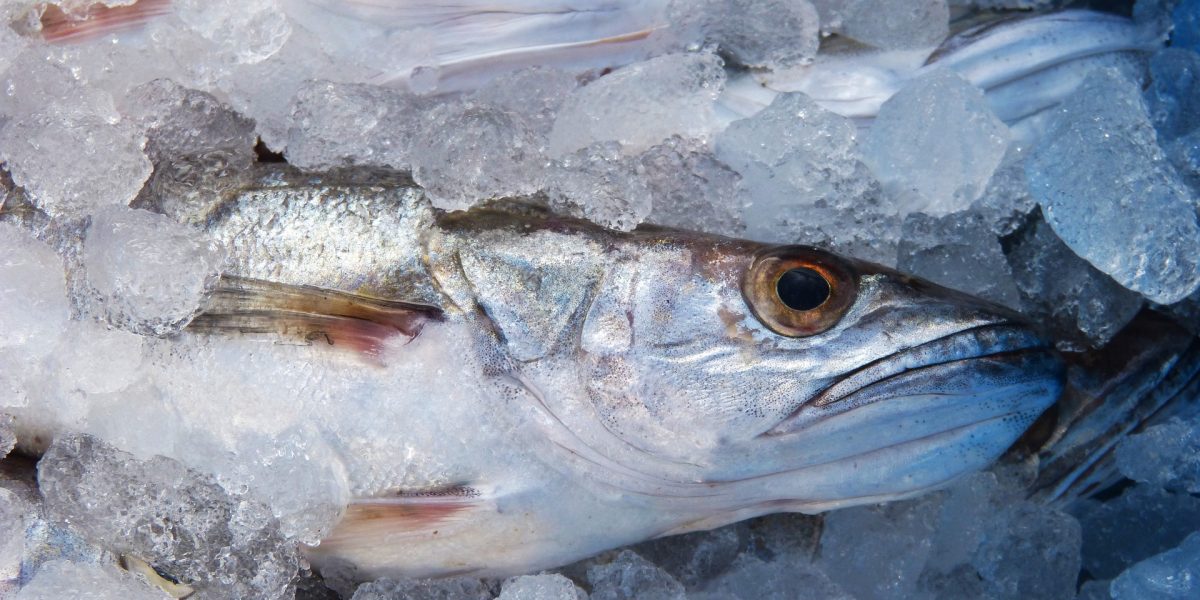- The study, carried out by CREDA with the collaboration of theAgència de Residus de Catalunya, was presented as part of the Catalonia Hub of the Generalitat de Catalunya at the Seafood Expo Global in May
- According to the analysis, the greatest concentration of losses is presented to the agents dedicated to long-chain retail trade, due to the withdrawal of product before being exposed for sale
The Centre de Recerca en Economia i Desenvolupament Agroalimentari (CREDA) has published the ‘Diagnosi de les pèrdues i el malbaratament alimentari al sector de la pesca del lluç i el llucet: quantificació i impacte econòmic’ which has been carried out with the collaboration of the Agència de Residus de Catalunya (ARC). Saray Ramírez, biologist and research technician at CREDA, presented the study last May as part of the Catalonia Hub that the Generalitat de Catalunya organized at Seafood Expo Global.
The diagnosis, which was commissioned by the Departament d’Acció Climàtica, Alimentació i Agenda Rural (DACC) last year, presents the food losses and waste of hake in Catalonia during the 2022 campaign, dealing with all phases of the value chain, from its capture to trade at the final destination.
According to the study, in the 2022 campaign, a total of 2.746,89 tons of pike were wasted throughout the value chain, including edible (21,55%) and non-edible (6,05%).
Even so, the diagnosis shows how the Catalan product has lower rates of Food Loss and Waste (PMA, of the acronyms in Catalan) than the imported product, which is rejected due to the presence of anisakis. In addition, the price of the local product is higher, and this has an impact on the handling and transport of the product, making it more delicate.
With regard to the PMA in the various links, a greater incidence on the part of the long-chain retailer stands out, as a withdrawal of the product takes place before it is exposed for sale. However, the study shows that the volume of food waste in general is greater in large stores (326,39 tons), which collects the largest amount of product to market.
Regarding the economic impact, it should be borne in mind that 91% of pike is imported and the remaining 9% is local. Thus, the diagnosis shows economic losses at a selling price of 6.230.189,60 €, where the most affected are the large stores, since they sell a higher volume of product.
Faced with this situation, the study presents a series of prevention actions with the aim of reducing food waste in the sector in the coming years. Some of the actions proposed are: establishing a secondary market for the discarded scraps landed, reducing the number of intermediaries, implementing consumer information programs on the edible parts not used or reducing the fear of consuming fish parasitized by anisakis
HAKE CONSUMPTION IN CATALONIA
Hake is one of the most widely consumed white fish in Catalonia, ahead of others such as cod and sole. In addition, it is in 4th place by volume of catches and by economic revenue in 2022 for all fishery products in the territory. According to their weight, there are different categories: 1-2 is what is marketed as hake for consumers, and 3-5 are marketed under the name pescadilla.
During the year 2022, Catalan households consumed a total of 9.246,48 tonnes of fresh product, a much higher figure than frozen. As for processed products, Catalan hake has no destination in this sector. Although there are processing companies in Catalonia, these use hake from other origins at lower prices.


